Medium format photography offers image quality that makes even the best full frame cameras look ordinary, and 2025 presents the perfect opportunity to dive into this magnificent world without emptying your savings account. Whether you're seeking the dreamy bokeh of 6x7 negatives or the tack-sharp detail that only larger film frames can deliver, these ten exceptional cameras prove that professional-quality medium format film photography remains accessible to dedicated enthusiasts willing to embrace the analog experience.
1. Yashica Mat-124G
Expect to Pay: $200-350
The Yashica Mat-124G represents the perfect entry point into twin-lens reflex photography, offering a genuine medium format experience wrapped in a package that won't intimidate beginners or strain budgets. Released in 1970 as Yashica's answer to the dominance of German TLR manufacturers, this camera delivers surprisingly professional results through its sharp 80mm f/3.5 taking lens and bright 80mm f/2.8 viewing lens combination. The built-in light meter provides reliable exposure guidance, while the camera's simple operation encourages photographers to focus on composition and timing rather than complex technical settings.
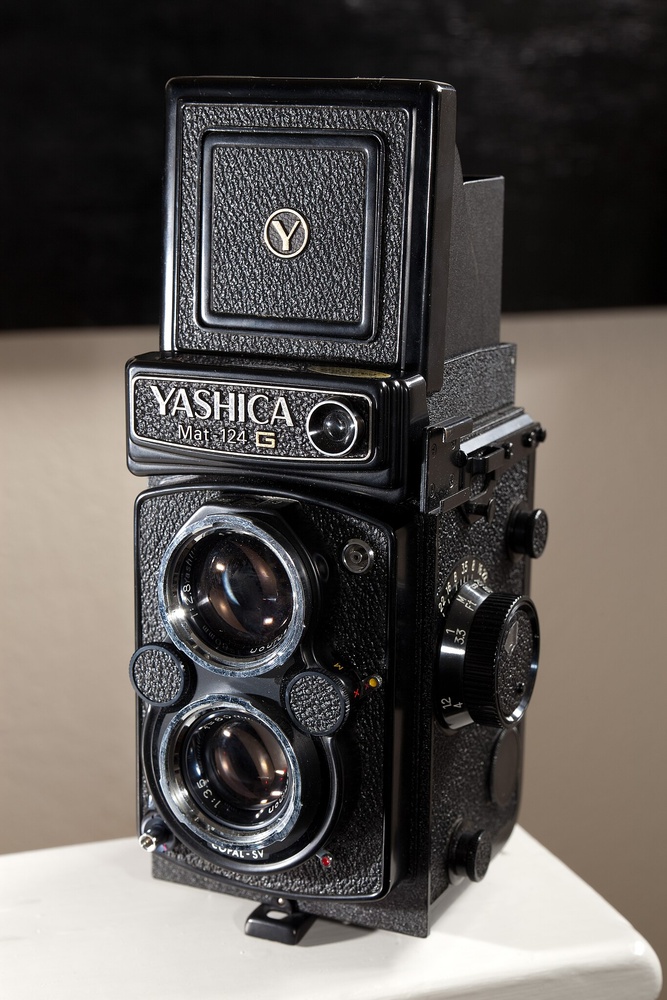
The Mat-124G's 6x6 format strikes an ideal balance between image quality and film economy, providing enlargements that maintain detail and tonality far beyond what 35mm can achieve while still allowing 12 exposures per roll. Modern film photographers appreciate the camera's reliability and straightforward operation, with many examples continuing to function flawlessly decades after production. For photographers seeking authentic medium format quality without the premium prices of German alternatives, the Mat-124G offers exceptional value and proven performance that has satisfied thousands of photographers worldwide.
2. Bronica SQ-A
Expect to Pay: $300-500
The Bronica SQ-A revolutionized affordable medium format photography by bringing modular system flexibility to photographers who couldn't justify Hasselblad prices. Introduced in 1982 as part of Bronica's SQ series, this camera offers genuine professional capabilities through its interchangeable lenses, backs, and viewfinders, creating a system that grows with photographers' developing needs and interests. The camera's electronic shutter operates from 8 seconds to 1/500 second with remarkable consistency, while the optional AE Prism Finder S provides through-the-lens metering for accurate exposure readings when handheld metering isn't practical.
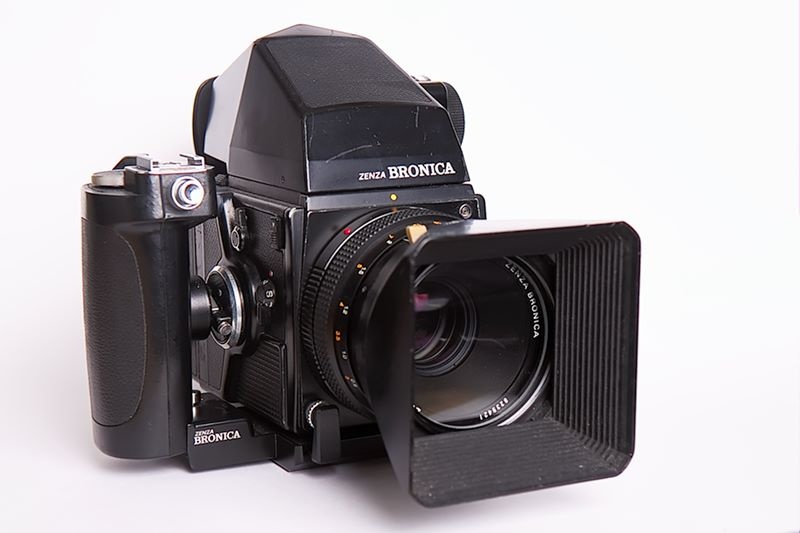
The 6x6 format provides photographers with perfectly square negatives that offer unique compositional opportunities while maintaining the enlargement quality that defines medium format photography. The camera's modular design allows users to switch between different film backs mid-roll, enabling experimentation with different film stocks or instant feedback through Polaroid backs. For photographers seeking professional system flexibility without premium pricing, the SQ-A represents exceptional value and proven reliability that continues to serve working photographers around the world.
3. Mamiya RB67 Pro-S
Expect to Pay: $300-500
The Mamiya RB67 Pro-S stands as one of the most beloved workhorses in medium format history, earning its reputation through decades of reliable service in professional studios and on location shoots worldwide. Released in 1974 as an evolution of the original RB67, the Pro-S refined the system's already impressive capabilities while maintaining the mechanical precision that made these cameras legendary among portrait and fashion photographers. The camera's leaf-shutter lenses provide flash synchronization at all speeds up to 1/400 second, making it exceptionally versatile for studio work where precise lighting control determines success or failure.
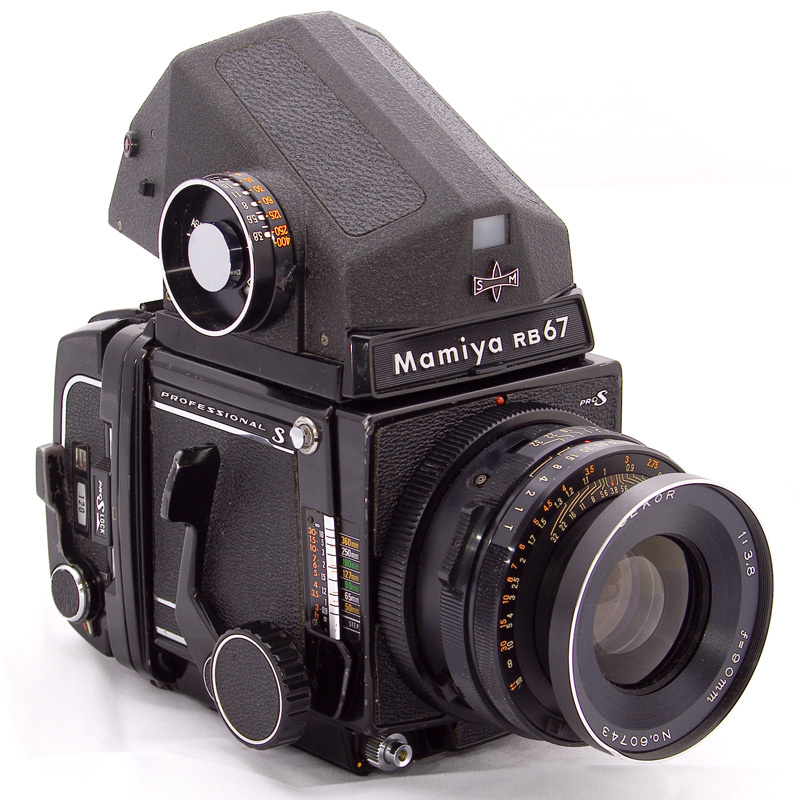
The 6x7 format provides the largest readily available medium format negative size, delivering image quality that approaches large format photography while maintaining relative portability and ease of use. Mamiya's legendary optical quality ensures these larger negatives capture every detail with stunning sharpness and tonality that remains impressive even by modern standards. While the RB67 Pro-S requires some physical strength due to its substantial weight, photographers who adapt to its deliberate operation discover a camera capable of producing images with a distinctive look that digital photography struggles to replicate. For photographers seeking maximum image quality in a versatile, proven system, the RB67 Pro-S represents one of photography's greatest bargains.
4. Pentax 67II
Expect to Pay: $1,000-1,400
The Pentax 67II represents the ultimate marriage of 35mm handling convenience with medium format image quality, creating a camera that feels familiar to SLR users while delivering the enlargement capabilities that define medium format photography. Introduced in 1998 as the culmination of Pentax's 6x7 development, this camera incorporates modern conveniences like TTL flash metering and improved mirror dampening while maintaining the intuitive operation that made the system popular among photographers transitioning from smaller formats. The camera's focal plane shutter operates from 30 seconds to 1/1,000 second, providing plenty of creative flexibility.
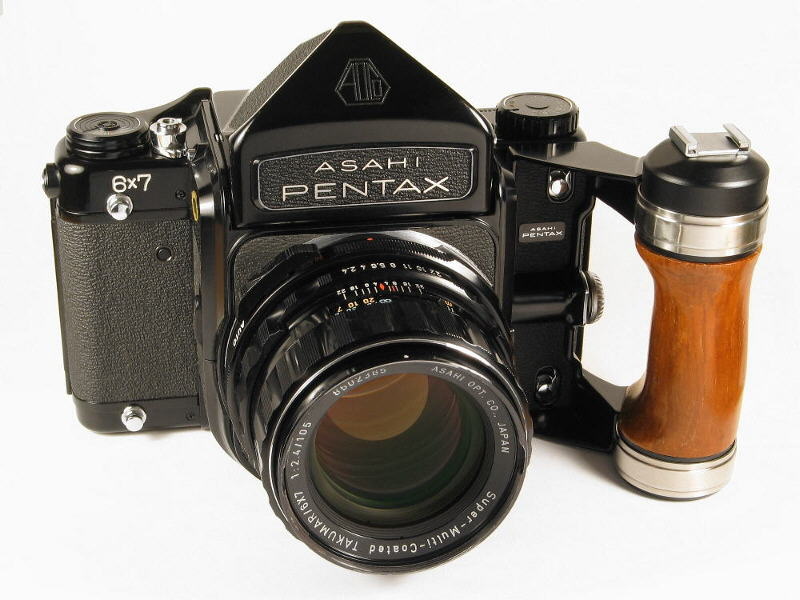
Pentax's engineering excellence manifests in every aspect of the 67II's design, from its precision manufacturing to the satisfying mechanical feel of its controls. The camera's bright, clear viewfinder provides an immersive shooting experience that makes manual focusing accurate and enjoyable, while the sophisticated metering system delivers consistent exposures across varied lighting conditions. What truly distinguishes the 67II from other medium format cameras is its extensive lens lineup that includes some of the finest optics ever produced, from the legendary 105mm f/2.4 portrait lens to specialized macro and wide angle options that maintain optical excellence across the entire range.
The 6x7 format delivers negatives that provide stunning enlargement capabilities while maintaining reasonable film economy, allowing photographers to capture images with detail and tonality that smaller formats simply cannot achieve. The camera's SLR design enables precise composition and focusing that makes it ideal for handheld photography, breaking medium format free from the tripod-dependent shooting that characterizes many larger cameras. For photographers seeking the ultimate in image quality with familiar handling characteristics, the 67II represents a pinnacle of camera design that combines technical excellence with user-friendly operation.
5. Bronica ETRSi
Expect to Pay: $200-400
The Bronica ETRSi perfectly embodies the practical advantages of the 645 format, offering significant image quality improvements over 35mm while maintaining reasonable size, weight, and film costs that make it ideal for photographers seeking medium format quality without overwhelming bulk. Introduced in 1988 as an evolution of the successful ETRS system, the ETRSi added modern conveniences like improved metering and better ergonomics while maintaining the system's reputation for reliability and optical excellence. The camera's electronic shutter operates from 8 seconds to 1/500 second with remarkable precision, while its leaf-shutter lenses provide flash synchronization at all speeds for maximum lighting flexibility.

The 645 format strikes an ideal balance between image quality and practicality, providing negatives that offer significant advantages over 35mm while allowing 15 exposures per roll of 120 film. This format efficiency makes the ETRSi particularly appealing for photographers who want medium format quality without the expense and bulk associated with larger formats. The camera's relatively compact size and light weight make it practical for handheld photography, while its professional features ensure it can handle demanding assignments with confidence. For photographers seeking a versatile, reliable introduction to modular medium format systems, the ETRSi offers exceptional value and proven performance that continues to satisfy working professionals.
6. Fuji GW690III
Expect to Pay: $800-1,100
I love this camera. The Fuji GW690III, affectionately known as the "Texas Leica" among film photographers, represents the ultimate expression of simple, reliable medium format photography stripped of unnecessary complications. Released in the 1990s as the final evolution of Fuji's 6x9 rangefinder series, this camera delivers massive negative size and exceptional optical quality through a fixed 90mm f/3.5 lens that rivals much more expensive alternatives. The camera's leaf shutter operates from 1 second to 1/500 second with mechanical precision, while its built-in light meter provides accurate exposure guidance for confident shooting in various conditions.
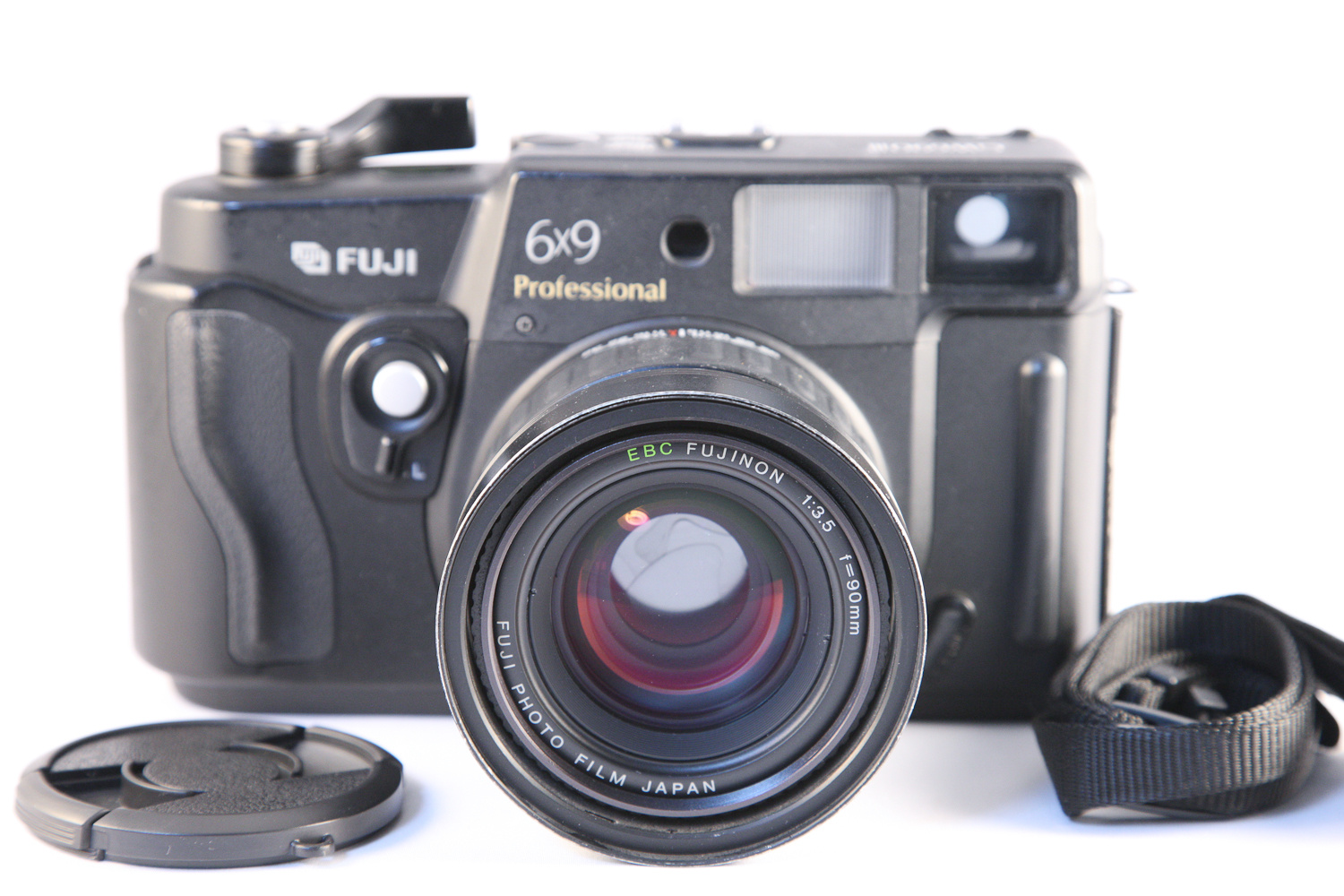
The 6x9 format provides enormous negatives that offer enlargement capabilities approaching those of large format photography while maintaining reasonable portability and 8 exposures per roll of 120 film. These massive negatives capture detail and tonality that smaller formats cannot match, making the GW690III particularly popular among landscape and architectural photographers who demand maximum image quality. The camera's simple operation and reliable construction make it an ideal choice for travel photography, where mechanical dependability and exceptional image quality matter more than advanced features. For photographers seeking maximum negative size in a simple, reliable package, the GW690III represents one of photography's most compelling values.
7. Mamiya C330 Professional F
Expect to Pay: $300-400
The Mamiya C330 Professional F stands unique among twin-lens reflex cameras as the only TLR system offering interchangeable lenses, combining the classic waist-level shooting experience with the versatility typically reserved for SLR systems. Released in 1972 as the professional flagship of Mamiya's C series, this camera features a robust bellows focusing system that enables remarkably close focusing capabilities while maintaining the precise lens alignment that TLR cameras demand. The camera's leaf-shutter lenses provide flash synchronization at all speeds, making it exceptionally versatile for both studio and location work where lighting flexibility determines creative possibilities.
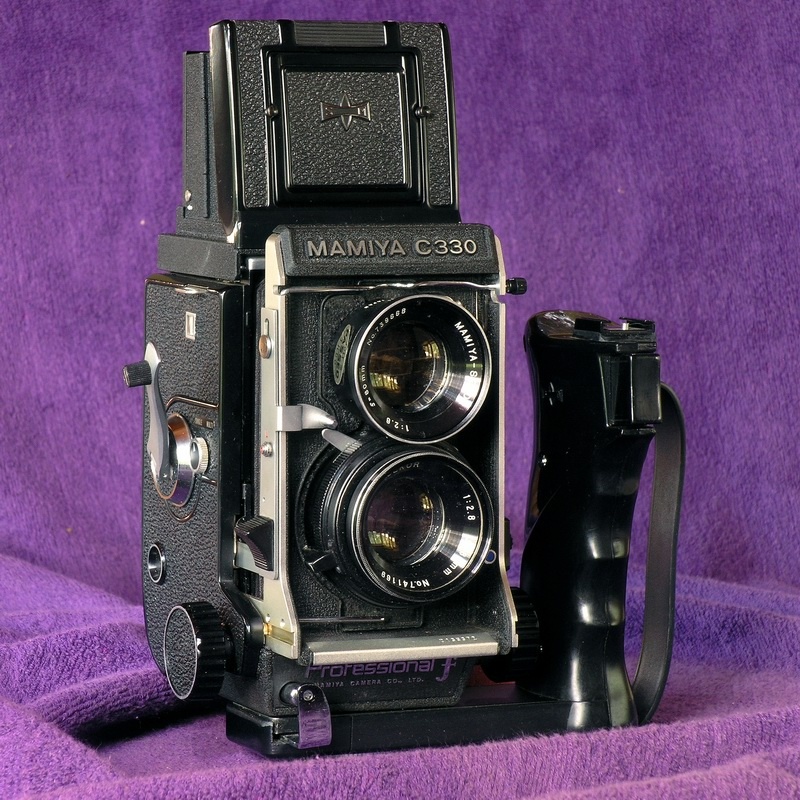
The 6x6 format delivers square negatives that offer unique compositional opportunities while maintaining the enlargement quality that defines medium format photography. The C330's bellows focusing system extends from infinity to remarkably close distances, enabling reproduction ratios that would require specialized equipment on other cameras. This versatility, combined with the system's interchangeable lens capability, makes the C330 particularly popular among portrait, fashion, and product photographers who appreciate the camera's deliberate operation and exceptional image quality. For photographers seeking TLR tradition with modern system flexibility, the C330 Professional F represents a unique and highly capable tool that continues to produce distinctive images decades after production.
8. Pentax 645N
Expect to Pay: $300-600
The Pentax 645N revolutionized medium format photography by bringing modern autofocus technology and electronic convenience to photographers accustomed to manual operation, creating a camera that handles like an advanced 35mm SLR while delivering genuine medium format image quality. Introduced in 1997 as Pentax's answer to photographers demanding contemporary features in medium format cameras, the 645N incorporates sophisticated multi-mode metering, reliable autofocus, and motorized film advance that transforms medium format shooting from a deliberate, methodical process into something approaching the spontaneity of smaller format photography.
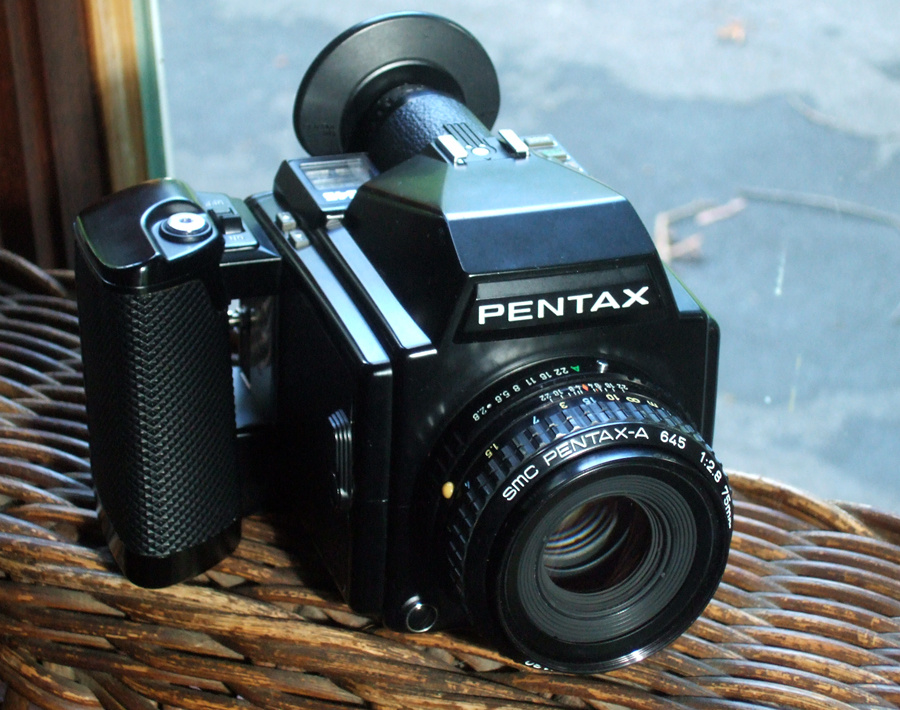
The 645 format provides the ideal compromise between image quality and practicality, delivering negatives that offer significant advantages over full frame while maintaining reasonable film costs and allowing 15 exposures per roll. The camera's motorized operation and quick handling make it particularly suitable for wedding photography, portraiture, and other applications where medium format quality must be combined with reasonable shooting speed. Modern features like multiple exposure capability and depth-of-field preview add creative flexibility, while the camera's reliable construction ensures years of dependable service. For photographers seeking medium format quality with contemporary convenience, the 645N represents exceptional value and proven performance that bridges the gap between traditional and modern photography.
9. Minolta Autocord
Expect to Pay: $150-300
The Minolta Autocord represents the budget-conscious photographer's gateway to authentic twin-lens reflex photography, offering genuine medium format quality and classic TLR handling at prices that make experimentation affordable and accessible. Manufactured from 1955 to 1966, this camera delivers surprisingly professional results through its sharp 75mm f/3.5 Rokkor taking lens and bright viewing system that makes composition and focusing accurate and enjoyable. The camera's leaf shutter operates from 1 second to 1/400 second with reliable consistency, while its simple mechanical operation ensures decades of dependable service with minimal maintenance requirements.
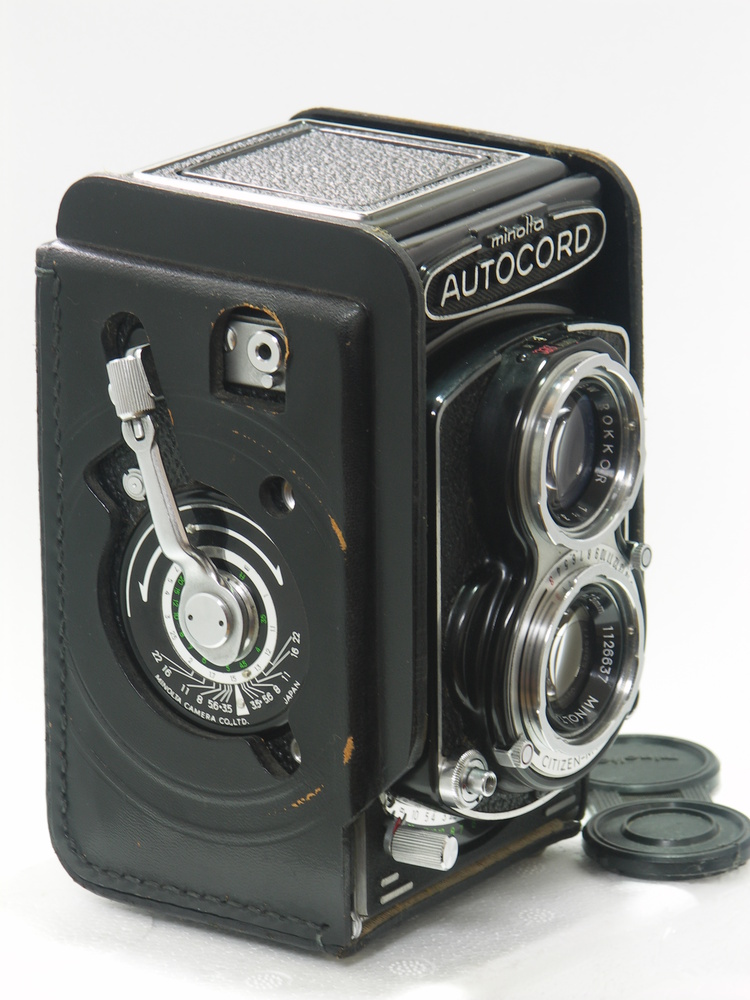
The 6x6 format provides square negatives that offer unique compositional opportunities while delivering the enlargement quality that defines medium format photography. The Autocord's simple operation encourages photographers to focus on fundamental skills like composition, timing, and exposure control rather than complex technical settings. This educational value, combined with the camera's affordable pricing and reliable operation, makes it an ideal choice for photographers beginning their medium format journey or seeking a backup camera for important projects. For photographers wanting authentic TLR experience without premium pricing, the Autocord offers exceptional value and proven performance that has satisfied photographers for over half a century.
10. Bronica GS-1
Expect to Pay: $800-1,100
The Zenza Bronica GS-1 represents the perfect alternative for photographers seeking 6x7 format quality in a more compact, affordable package than traditional medium format behemoths. Introduced in 1983 as Bronica's answer to the popularity of the Pentax 67 system, the GS-1 offers modular system flexibility with interchangeable lenses, backs, and viewfinders while maintaining reasonable size and weight that makes handheld photography practical. The camera's leaf-shutter lenses provide flash synchronization at all speeds up to 1/500 second, creating exceptional versatility for studio work and location photography where lighting control determines creative success.
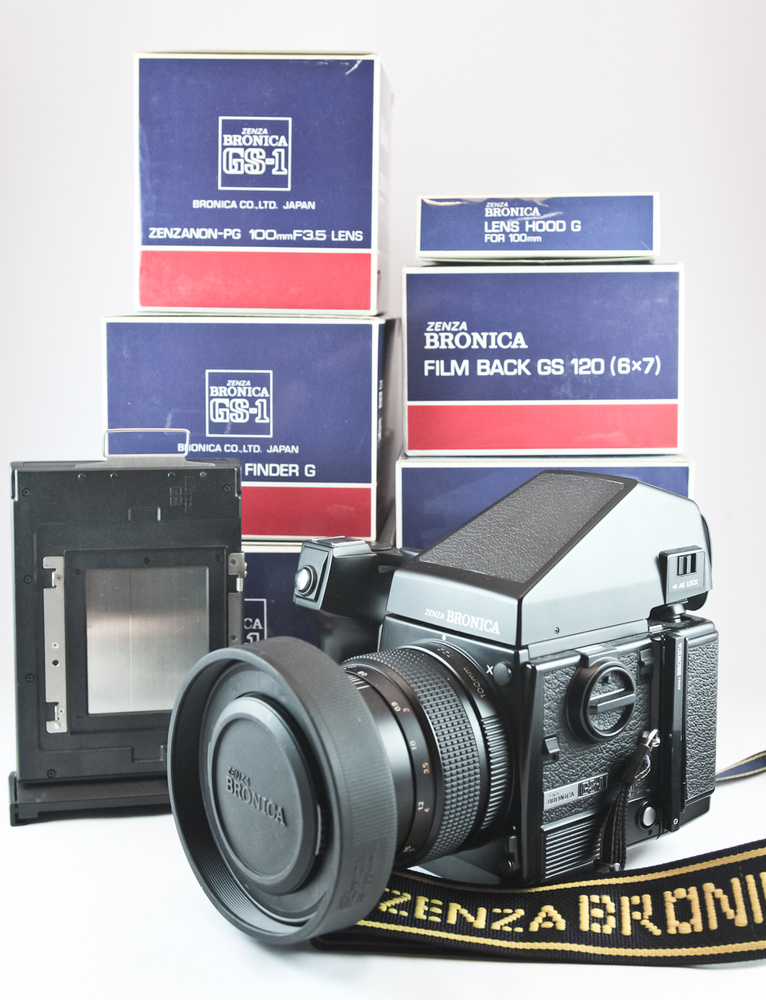
The 6x7 format delivers rectangular negatives that provide exceptional enlargement capabilities while maintaining reasonable film economy with 10 exposures per roll of 120 film. The camera's through-the-lens metering system provides accurate exposure readings, while its bright viewfinder makes manual focusing accurate and composition intuitive. The GS-1's mechanical reliability and straightforward operation appeal to photographers who appreciate the deliberate, methodical approach that medium format photography encourages. For photographers seeking 6x7 quality in a versatile, affordable system, the GS-1 represents exceptional value and proven performance that continues to satisfy demanding photographers worldwide.
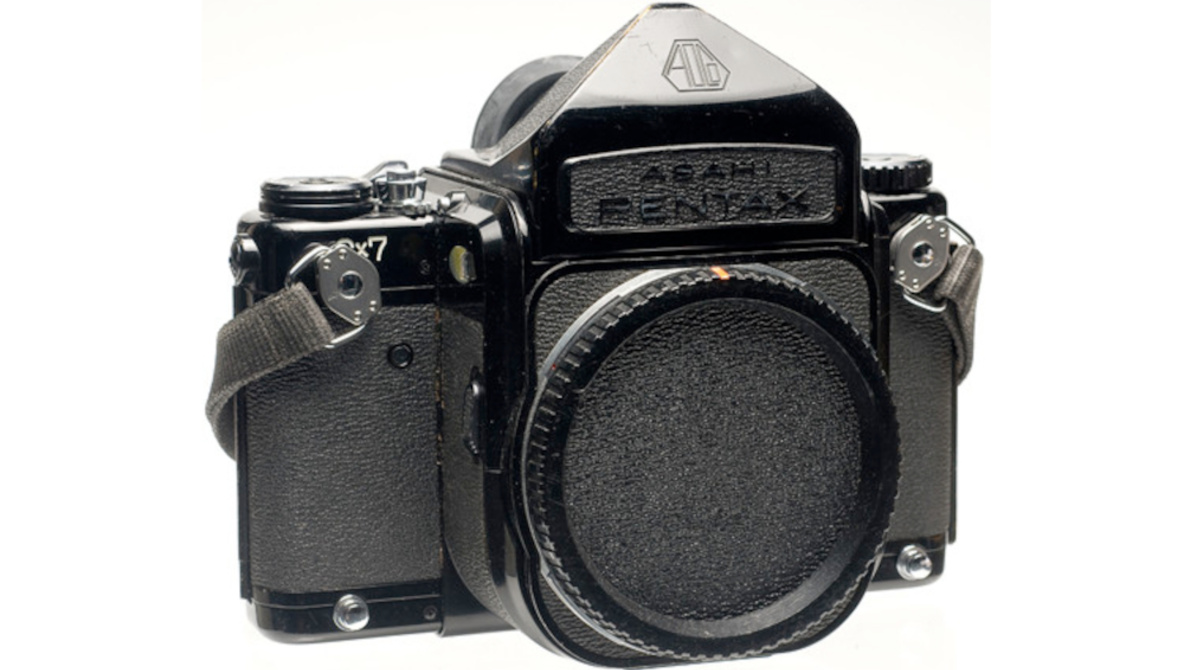






Great article. Well considered. Much appreciated.
Way back in the day, a friend of mine loaned me his Pentax 67 system for a couple of years. It did not have a metered prism, but had both the eye-level and waist-level finders. I loved using that system, it was like using an oversized Pentax K1000, except you needed a serious tripod to hold it up.
I used it for mostly for landscapes and the beautiful big images you got out of it were fun to look at on a light box. Ran a lot of Velvia though that thing.
A correction: the Fuji GW690iii doesn't have a light meter (neither her sister, the GSW690iii).
A great camera, light enough to use handheld and extremely sharp lens.
The only irritation is the film counter, which makes a loud clanking noise each time you press the shutter button. That precludes its use in street photography or in groups
I wish I could find a nice clean 124g for that price. And the Pentax 67 is a great camera but one that needed service fairly often. I used it for interiors for a shelter magazine for a number of years. The film advance winding was a weak point. But it has super nice lenses. I still have my Mamiya C3. Not the 330 but near enough. With the 180 and a new brighter focus screen it's perfect for portraiture.
I hate to tell you this, Alex, but this statement "This system allows photographers to compose with the same perspective they'll capture, eliminating the parallax issues that can plague other TLR designs" is not correct.
There is always a perspective difference between the viewing lens and the taking lens and all twin lens designs have parallax issues, though they address them in different ways. The C330 (I have both the Pro and the last version, the Pro S) has a parallax indicator bar that can be set for the different lenses and shows where the top of the frame will be. What it doesn't show you is where the bottom will be. The only ways to accurately compensate for parallax with a TLR is to shoot on a tripod and raise the center column the distance between the center of each lens or employ the Mamiya Paramender (again on a tripod), which does the same thing. These cameras were my wedding, studio and event workhorses for 20 years and parallax is always an issue in close-up photos.